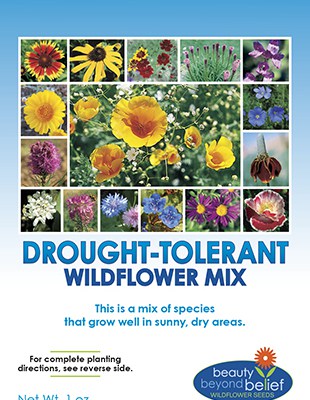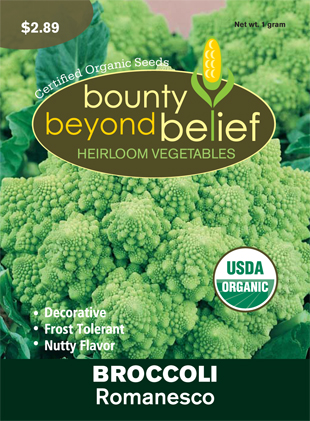Mommies Who Garden
Different Ways to Garden
by Sandy Swegel
So we were hanging out at BBB Seed amid giant sacks of seeds waiting to be shipped all over the US this week talking about how many different kinds of people bought our seeds and how they all gardened in their own unique way. One definite trend we see is a joyful kind of gardening practice by moms with young kids. I spend the evening googling “mommies who garden” and found myself by moms all over the country who garden and who make time to write about it!
Naturally, there is no one “mommy” way to garden since there are moms who work outside the home, moms who homestead, moms who use the garden as a classroom and babysitter, and moms who garden as a personal respite from the chaos that being a mommy can be. But I saw two trends I want my own inner gardener to reconnect with:
Mommies who garden:
Don’t worry so much about having the picture-perfect garden but about whether the garden is a source of joy and fun for the family. There’s a lot of mulch to keep the weeds down because moms don’t have so much time for weeding. There are signs of home-made art projects everywhere: hand-painted rocks, cute makeshift fences, bowls with puddles of mud. The garden isn’t just growing vegetables or flowers. It’s having fun and growing kids.
Mommies (and Daddies) who garden:
are totally psyched about the fact that they have planted seeds and fed their family yummy wholesome food from their own garden. It isn’t just about saving money or growing organic food, it’s about all the love that went into the garden and the joy about having provided for the whole family and shared the harvest together.
So that’s our inspiration this week as Spring is struggling to return. Let us create gardens that are fun and playful. And let’s grow some amazing food to share with family and friends and strangers. Go, Mommies!
Photo Credit: http://www.sheknows.com/parenting/articles/815245/a-mom-s-guide-to-gardening-with-toddlers-and-preschoolers-1
http://www.sheknows.com/parenting/articles/815245/a-mom-s-guide-to-gardening-with-toddlers-and-preschoolers-1



